Home>Garden Essentials>How Long To Cold Stratify Lavender Seeds
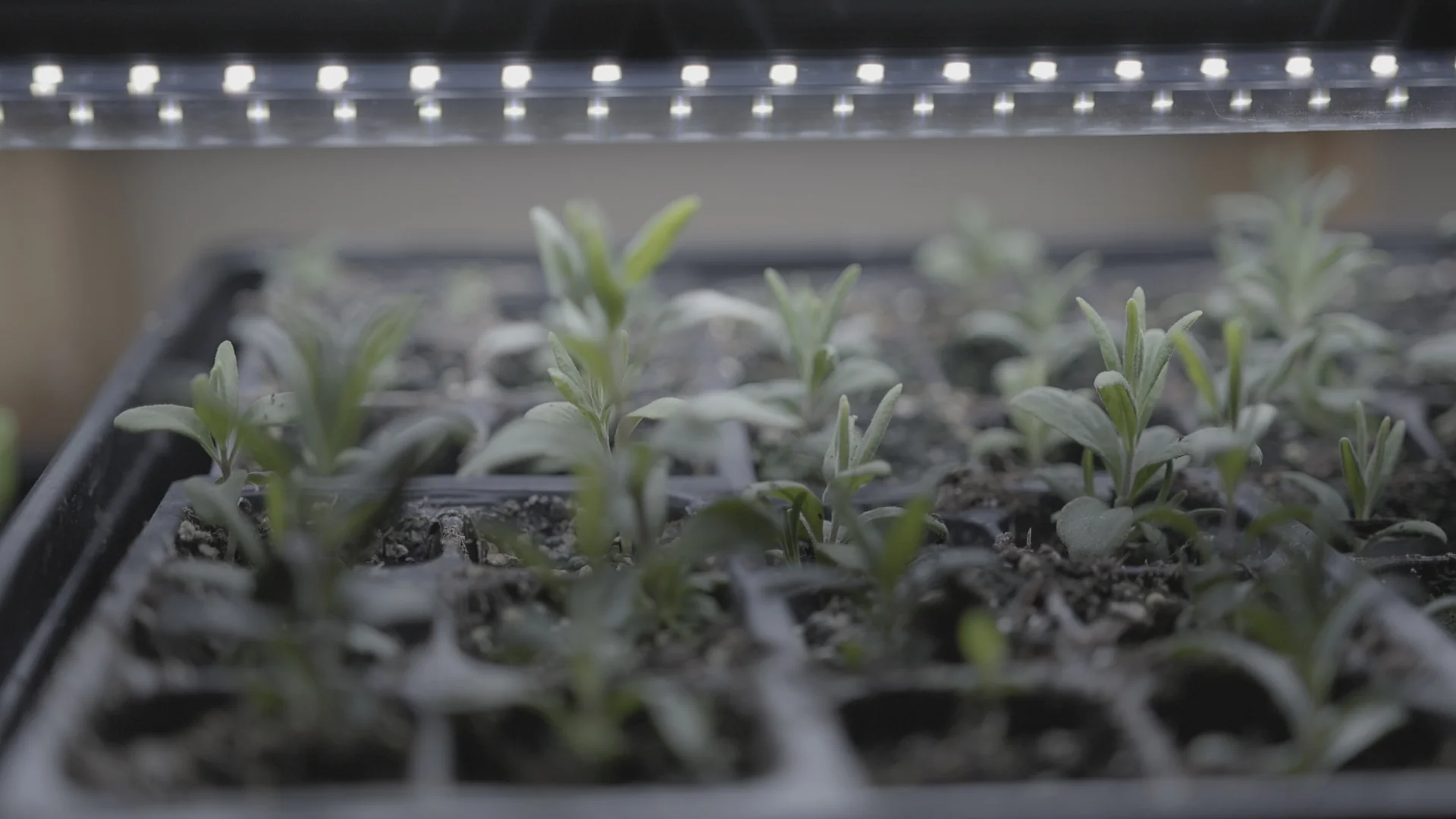

Garden Essentials
How Long To Cold Stratify Lavender Seeds
Modified: March 15, 2024
Looking to start your garden with lavender seeds? Find out how long you need to cold stratify lavender seeds for successful germination.
(Many of the links in this article redirect to a specific reviewed product. Your purchase of these products through affiliate links helps to generate commission for Storables.com, at no extra cost. Learn more)
Introduction
Have you ever wondered why some seeds take longer to germinate than others? One of the key factors that affect seed germination is the process of cold stratification. Cold stratification is a technique used to simulate the natural conditions that seeds undergo during the winter months, where they are exposed to cold temperatures for an extended period of time before they can sprout and grow.
In the world of gardening, cold stratification is especially important for certain types of seeds, including lavender seeds. Lavender, a popular perennial herb known for its beautiful flowers and calming fragrance, requires cold stratification to improve the chances of successful germination. By understanding the principles of cold stratification and following the right techniques, you can significantly enhance the germination rate of your lavender seeds.
In this article, we will explore the concept of cold stratification and its importance for lavender seeds. We will delve into how cold stratification affects the germination process of lavender seeds and provide you with a step-by-step guide to effectively cold stratify your lavender seeds for optimal results.
Before we dive into the details, it’s important to note that while cold stratification is highly beneficial for lavender seeds, it may not be necessary for all varieties. Some lavender seeds may have been pre-treated or come from regions with mild winters, reducing the need for cold stratification. It’s always best to consult the seed package or do some research to determine the specific requirements of the lavender seeds you have.
Now that we’ve laid the groundwork, let’s explore the fascinating world of cold stratification and discover how it can give your lavender seeds the head start they need to thrive.
Key Takeaways:
- Cold stratification is crucial for lavender seeds to break dormancy and sprout. Mimicking natural winter conditions helps seeds soften, reduce inhibitors, and synchronize germination with spring for healthy plant growth.
- Before cold stratifying lavender seeds, consider factors like seed quality, variety selection, and proper storage. Follow a step-by-step guide, monitor seed progress, and avoid common mistakes for successful germination.
Read more: How Long For Lavender To Germinate
What is cold stratification?
Cold stratification is a natural process that many plant seeds undergo in order to break dormancy and initiate the germination process. It involves subjecting the seeds to a period of cold, moist conditions, simulating the winter season when seeds would naturally experience low temperatures in their native habitats.
During cold stratification, the seeds are exposed to temperatures typically ranging from 0 to 10 degrees Celsius (32 to 50 degrees Fahrenheit) for a specific duration, depending on the species. This period of cold, along with moisture, triggers biochemical changes within the seed, signaling that it’s time to sprout and grow when favorable conditions return.
The importance of cold stratification lies in its role in breaking down the seed’s dormancy mechanisms. Seeds have built-in mechanisms that prevent germination until certain conditions are met. This ensures that the seeds do not sprout prematurely, when the conditions might not be suitable for survival.
These dormancy mechanisms include hard seed coats, chemical inhibitors, and physiological inhibitors. Hard seed coats act as protective barriers, preventing water and gases from entering the seed. Chemical inhibitors, such as abscisic acid, suppress germination. Physiological inhibitors, like high concentrations of growth-regulating hormones, keep the seed dormant.
Cold stratification helps to overcome these barriers by promoting the breakdown of inhibitors, softening the seed coat, and triggering the necessary biochemical changes for germination. It mimics the natural environmental cues that seeds require for successful growth and ensures that the seeds will be ready to sprout when favorable conditions arrive.
It’s important to note that not all seeds require cold stratification. Some seeds, particularly those from warm-weather regions or annual plants, do not have the same dormancy mechanisms as seeds from cold-weather regions or perennials. However, many perennial plants, including lavender, have evolved to require a period of cold stratification to ensure proper germination and promote healthy plant growth.
Now that we understand the concept of cold stratification, let’s explore why it is specifically important for lavender seeds and how it affects their germination process.
Why is cold stratification important for lavender seeds?
Cold stratification is crucial for lavender seeds because it helps to break the seed’s dormancy and improve germination rates. Lavender, a popular flowering herb known for its aromatic properties and beautiful blooms, naturally grows in regions with cold winters. As a result, lavender seeds have adapted to require a period of cold stratification in order to ensure successful germination and promote healthy plant growth.
When lavender seeds are subjected to cold stratification, it initiates a series of biochemical changes within the seed that are essential for germination. These changes include the breakdown of dormancy mechanisms, softening of the seed coat, and activation of enzymes that promote growth. Without cold stratification, many lavender seeds would remain dormant for an extended period of time, or even fail to germinate altogether.
One key reason why cold stratification is important for lavender seeds is that it helps to synchronize germination with favorable environmental conditions. In nature, lavender seeds drop to the ground in the fall, and they would naturally experience a period of cold temperatures during the winter months. This cold period allows the seeds to align their germination process with the arrival of spring, when temperatures warm up, daylight hours lengthen, and moisture levels increase – ideal conditions for growth.
By artificially providing cold stratification, gardeners can mimic this natural process and ensure that their lavender seeds are primed for germination when spring arrives. This increases the chances of successful seedling establishment and allows for a longer growing season, resulting in healthier and more vibrant lavender plants.
Another reason why cold stratification is important for lavender seeds is that it helps to improve the overall uniformity of germination. Lavender seeds that have not undergone cold stratification may exhibit uneven and delayed germination, with some seeds sprouting earlier than others. This can lead to uneven growth and make it more difficult to maintain a consistent and aesthetically pleasing lavender garden.
Cold stratification also aids in the development of healthy root systems in lavender seedlings. The period of cold exposure stimulates the growth of roots, allowing them to develop sturdy and robust structures. This enhances the ability of the plants to absorb water and nutrients from the soil, promoting overall plant health and vigor.
In summary, cold stratification is important for lavender seeds because it breaks dormancy, synchronizes germination with favorable conditions, improves uniformity of germination, and promotes the development of healthy root systems. By understanding and implementing proper cold stratification techniques, gardeners can greatly increase the chances of successful lavender seed germination and cultivate thriving lavender plants in their gardens.
How does cold stratification affect the germination of lavender seeds?
Cold stratification plays a significant role in the germination process of lavender seeds. The exposure to a period of cold, moist conditions breaks down dormancy mechanisms and triggers important physiological changes within the seed, paving the way for successful germination.
One of the key ways that cold stratification affects lavender seed germination is by softening the seed coat. Lavender seeds have hard seed coats that act as protective barriers, preventing water and gases from entering the seed. This hardness can inhibit water absorption and hinder the germination process. However, when the seeds are exposed to cold stratification, moisture penetrates the seed coat, causing it to soften and allowing water to reach the dormant embryo inside.
Furthermore, cold stratification promotes the breakdown of chemical inhibitors that suppress germination. Abscisic acid, a naturally occurring hormone that inhibits seed germination, is reduced during cold stratification. This reduction in inhibitors enables the embryo within the seed to overcome dormancy and initiate the germination process.
In addition, the period of cold stratification stimulates the production of enzymes in the seed, which are essential for growth and development. These enzymes help to activate various biochemical processes that enable the seedling to utilize stored energy reserves and establish root and shoot growth.
Cold stratification also has a positive impact on the overall vigor and uniformity of lavender seed germination. The exposure to cold temperatures helps to synchronize the germination process, ensuring that the seeds wake up from dormancy and sprout at a similar time. This results in more uniform growth and a stronger, more consistent lavender plant population in the garden.
It’s important to note that the duration of cold stratification varies depending on the specific lavender seed variety. Some lavender varieties require a longer period of cold exposure, while others may require a shorter duration. It’s essential to follow the recommended cold stratification period for the particular lavender seeds you are working with, as prolonged exposure to cold temperatures can be detrimental to seed viability.
In summary, cold stratification significantly affects the germination of lavender seeds by softening the seed coat, reducing chemical inhibitors, stimulating enzyme production, and promoting uniform and synchronized seedling emergence. By providing the necessary conditions for cold stratification, gardeners can maximize the germination success rate and cultivate healthy lavender plants in their gardens.
Factors to consider before cold stratifying lavender seeds
Before embarking on the process of cold stratifying lavender seeds, there are several important factors to consider. These factors will help ensure that you provide the optimal conditions for successful germination and healthy seedling development. Let’s explore these factors in more detail:
- Seed quality: Start with high-quality lavender seeds from a reliable source. Look for fresh seeds that are plump, uniform in size, and free from any signs of damage or disease. Quality seeds have a higher chance of successful germination and produce healthier plants.
- Seed collection: If you’re collecting seeds from an existing lavender plant in your garden, make sure to choose seeds from the healthiest and most robust plants. Avoid seeds from weak or diseased plants, as they may have lower germination rates and produce less desirable offspring.
- Variety selection: Lavender comes in various cultivars and species, each with its own specific requirements. Before cold stratifying, research the specific lavender variety you are working with to determine if it requires cold stratification or if there are any alternative germination methods recommended.
- Seed storage conditions: Proper seed storage is crucial for maintaining seed viability. Keep lavender seeds in a cool, dry, and dark location to preserve their quality. Avoid exposing them to moisture, extreme temperatures, or direct sunlight, as these conditions can decrease germination rates.
- Relevant seed information: Read and follow any instructions or recommendations provided on the seed packet or from your seed supplier. Some lavender varieties may have specific cold stratification requirements or alternative methods suggested. Pay attention to the recommended cold stratification period and any temperature preferences.
- Timing and planning: Consider the timing of when you plan to start the cold stratification process. Lavender seeds typically require several weeks to several months of cold stratification. Plan ahead to ensure you have enough time before the ideal planting season for your specific region.
- Growing conditions: Take into account the specific growing conditions required for lavender. Lavender thrives in full sunlight, well-draining soil, and moderate temperatures. Prepare your planting site accordingly to provide the optimal conditions for your seedlings once they are ready to be planted.
- Patience and monitoring: Remember that cold stratification is a gradual process. Be patient and monitor the progress of your seeds regularly. Check for any signs of mold, rot, or other issues that may arise during the stratification period.
By considering these factors and taking the necessary precautions, you can set the foundation for successful germination and healthy growth of your lavender seeds. Following these guidelines will increase the likelihood of achieving vibrant lavender plants in your garden.
Read more: How Long Does English Lavender To Germinate
Step-by-step guide to cold stratify lavender seeds
Cold stratification is a straightforward process that involves subjecting lavender seeds to a period of cold, moist conditions to break dormancy and promote germination. Follow these step-by-step instructions to effectively cold stratify your lavender seeds:
- Gather your supplies: Collect all the necessary materials for the cold stratification process. You will need lavender seeds, a container with a lid (such as a plastic bag or airtight container), a substrate like moistened vermiculite or peat moss, and a refrigerator.
- Prepare the substrate: Moisten the vermiculite or peat moss with water and squeeze out any excess moisture. The substrate should be damp but not soaking wet. This will provide the necessary moisture to the seeds during the cold stratification process.
- Place the seeds in the substrate: Spread the moistened substrate in the bottom of the container. Place the lavender seeds on top of the substrate, ensuring they are evenly spaced and not overcrowded. Gently press the seeds into the substrate, but avoid burying them too deep.
- Cover and label the container: Seal the container with its lid or cover it securely with plastic wrap. Label the container with the date and the lavender variety to keep track of the stratification period.
- Place the container in the refrigerator: Put the sealed container in the refrigerator, preferably on a middle shelf where temperatures remain consistent. Avoid placing it in the freezer compartment or near any fruits or vegetables that release ethylene gas, as it can adversely affect seed germination.
- Monitor the seeds: Check the seeds periodically to ensure the substrate remains moist but not waterlogged. If needed, mist the substrate lightly with water to maintain the proper moisture level. Avoid opening the container unnecessarily, as this can introduce fluctuations in temperature and humidity.
- Stratification duration: The duration of cold stratification can vary depending on the specific lavender variety. It typically ranges from 2 to 12 weeks, with most lavender seeds requiring around 4 to 6 weeks. Refer to the seed packet or variety-specific resources for the recommended length of stratification.
- End of stratification: Once the recommended stratification period has passed, remove the container from the refrigerator. Allow it to gradually reach room temperature before opening to prevent condensation from affecting the seeds.
- Plant the stratified seeds: After stratification, it’s time to plant the lavender seeds. Prepare a well-draining pot or seed tray filled with seed-starting soil mix. Plant the stratified seeds at a shallow depth, covering them with a thin layer of soil. Gently water the soil to ensure proper hydration.
- Provide favorable growing conditions: Place the planted seeds in a warm, sunny location and keep the soil consistently moist but not saturated. Provide adequate air circulation and maintain temperatures between 20 and 25 degrees Celsius (68 to 77 degrees Fahrenheit) for optimal germination.
- Transplanting seedlings: As the lavender seedlings grow, they will eventually outgrow their containers. Transplant them into larger pots or directly into the garden once they have developed sufficient root systems and after the risk of frost has passed.
By following these step-by-step instructions, you can successfully cold stratify your lavender seeds and give them the best head start for healthy germination and growth. Enjoy the process and soon you’ll be rewarded with beautiful lavender plants in your garden.
Cold stratify lavender seeds for 2-4 weeks in the refrigerator before planting. This will simulate winter conditions and improve germination rates.
Recommended duration for cold stratification of lavender seeds
The recommended duration for cold stratification of lavender seeds can vary depending on the specific lavender variety. While some lavender varieties may have specific cold stratification requirements, most lavender seeds benefit from a period of 4 to 6 weeks of cold stratification to break dormancy and enhance germination.
To determine the ideal duration for cold stratification, it’s best to refer to the seed packet or variety-specific resources for accurate information. The recommendations provided will take into account the natural habitat and growing conditions of the specific lavender variety.
It’s important to note that exceeding the recommended duration for cold stratification can potentially harm the seeds. Extended exposure to cold temperatures may cause damage or decrease seed viability, leading to poor germination rates.
On the other hand, insufficient cold stratification can result in delayed or uneven germination. It’s crucial to adhere to the recommended duration to ensure that the lavender seeds experience the necessary period of cold exposure to break dormancy effectively.
If you are unsure about the recommended duration for your specific lavender variety, a general guideline of 4 to 6 weeks of cold stratification should suffice for most lavender seeds. This duration aligns with the typical requirements for lavender seeds to break dormancy and stimulate germination.
Remember to monitor the seeds during the stratification process, ensuring they remain moist but not waterlogged. Regularly check for any signs of mold or rot and adjust the moisture level if necessary to prevent any detrimental effects on seed viability.
Once the recommended stratification period has passed, it’s important to promptly remove the seeds from the cold environment and provide suitable growing conditions for successful germination.
By following the recommended duration for cold stratification, you can increase the chances of successful germination and cultivate healthy lavender plants in your garden. Remember to adjust the stratification period accordingly if working with a specific lavender variety that has different requirements.
Signs of successful cold stratification
After subjecting your lavender seeds to the cold stratification process, it’s important to be on the lookout for signs of successful stratification. These signs indicate that the seeds have undergone the necessary period of cold exposure and are ready to sprout. Here are some indicators that your cold stratification process has been successful:
- Seed swelling: One of the first signs of successful cold stratification is seed swelling. The seeds will absorb moisture during the stratification process, causing them to swell in size. This indicates that the seed coat has softened and the embryo inside is preparing for germination.
- Uniformity of seedlings: Successful cold stratification helps to promote more even and uniform germination. If you notice that a significant number of seeds in your batch have started to sprout around the same time, it is a positive indication that the stratification has been effective.
- Root emergence: As the seeds germinate, the first signs of growth you’ll see are tiny white root radicles emerging from the seeds. These roots are a clear indication that germination has occurred and that the seeds are ready for the next stage of growth.
- Visible shoot development: Once the roots have emerged, you’ll start to see tiny green shoots pushing up through the soil. This is an exciting sign that the seeds have successfully broken dormancy and are beginning to grow.
- Increase in seedling growth: Successful cold stratification will result in vigorous growth of the seedlings. You’ll notice an increase in the height and overall size of the seedlings as they continue to develop their leaves and stem.
- Healthy seedling appearance: Seedlings that have undergone successful cold stratification will appear healthy and robust. The foliage will be vibrant, with no signs of wilting or discoloration. Healthy seedlings are more likely to thrive as they continue to grow and mature.
It’s important to note that the signs of successful cold stratification may not all occur simultaneously. Some seeds may sprout earlier than others, resulting in variable stages of growth among the seedlings. However, as long as the majority of the seeds have shown signs of germination, you can consider the cold stratification process to be successful.
If you notice that some seeds have not germinated after a reasonable amount of time, they may require a longer period of cold stratification or alternative germination methods. It’s a good practice to wait a bit longer before discarding any seemingly non-germinating seeds, as they may just be delayed in their growth.
By observing these signs of successful cold stratification, you can be confident that your lavender seeds have undergone the necessary process to break dormancy and are ready to be nurtured into healthy lavender plants.
Common mistakes to avoid during the cold stratification process
While cold stratification is a relatively simple process, there are some common mistakes that gardeners should avoid to ensure optimal results. By being mindful of these pitfalls, you can increase the chances of successful germination and healthy seedling development. Here are some common mistakes to avoid during the cold stratification process:
- Using low-quality or outdated seeds: Start with fresh, high-quality lavender seeds. Using old or low-quality seeds can significantly reduce germination rates and lead to poor seedling development. Purchase seeds from a reputable source to ensure the best chances of success.
- Not following the recommended stratification duration: Each lavender variety has specific cold stratification requirements. It’s essential to follow the recommended duration provided for the particular variety you are working with. Exceeding or cutting short the stratification period can lead to suboptimal results.
- Incorrect moisture levels: Maintaining proper moisture levels is crucial during the stratification process. Seeds need moisture to break dormancy, but excessive moisture can lead to rot or mold. Keep the substrate moist, but not waterlogged, and regularly check for any signs of excessive moisture or drying out.
- Failure to monitor temperature: While cold stratification requires low temperatures, it’s important to maintain a consistent temperature throughout the process. Avoid exposing the seeds to extreme temperature fluctuations or placing them in areas with inconsistent temperatures.
- Using the wrong stratification method: Different lavender varieties may require specific stratification methods, such as dry stratification or wet stratification. Make sure to research and understand the recommended stratification method for the specific lavender variety you are working with.
- Skipping the labeling: Labeling the containers during the stratification process is essential for keeping track of the seeds and their stratification duration. Without proper labeling, it can be challenging to identify the progress of individual batches or varieties.
- Insufficient air circulation: Proper air circulation is crucial to prevent the development of mold or fungal diseases during cold stratification. Avoid overcrowding seeds or containers and ensure there is enough ventilation to minimize the risk of moisture-related issues.
- Not testing seed viability: Before undertaking cold stratification, it’s a good practice to check the viability of your lavender seeds. Conduct a seed viability test to determine the germination potential of your seeds. Discard any non-viable seeds to avoid wasting time and effort during the stratification process.
- Skipping the post-stratification transition: After the recommended stratification period has ended, it’s important to gradually transition the seeds back to normal room temperature. Avoid sudden temperature changes that could shock the seeds and impact germination.
- Skipping the proper growing conditions: Once the stratified seeds have germinated and are ready for planting, provide them with suitable growing conditions. Ensure they receive adequate sunlight, water, and proper soil conditions to support healthy growth.
By avoiding these common mistakes, you can increase the success rate of your cold stratification process and give your lavender seeds the best chance of germinating and growing into thriving lavender plants.
Read more: How Long To Grow Lavender From Seed
Alternative methods for germinating lavender seeds
While cold stratification is the preferred method for germinating lavender seeds, there are a few alternative methods that can be used if cold stratification is not feasible or if you want to experiment with different germination techniques. Here are some alternative methods for germinating lavender seeds:
- Scarification: Lavender seeds have hard seed coats that can inhibit water absorption and germination. Scarification involves scratching or nicking the seed coat to break its dormancy and promote germination. You can use a file or sandpaper to gently rub the seed coat or soak the seeds in warm water for a few hours before sowing.
- Smoke treatment: Some lavender species require exposure to smoke or smoke-derived compounds to stimulate germination. This method replicates the natural conditions in fire-prone environments, where smoke triggers seed germination. Smoke treatments can be done by exposing the seeds to smoke or using smoke water solutions.
- Pre-soaking: Pre-soaking lavender seeds before sowing can help hydrate the seeds and speed up germination. Simply soak the seeds in warm water for a few hours or overnight. Be cautious not to over-soak the seeds, as this may lead to rotting or fungal growth.
- Warm stratification: If cold stratification is not possible, warm stratification can be an alternative. Instead of cold temperatures, warm stratification utilizes slightly elevated temperatures to stimulate germination. Place the seeds in a warm (20-25 degrees Celsius/68-77 degrees Fahrenheit) and moist environment for the recommended duration.
- Bottom heat: Providing bottom heat can enhance germination for lavender seeds. Using a seedling heat mat or placing the seed trays on a warm surface can increase the soil temperature and promote faster and more reliable seed germination.
- Indoor greenhouse: Creating a mini greenhouse environment indoors can help create optimal conditions for germination. Place the lavender seeds in a tray or container covered with a clear plastic dome or plastic wrap, providing high humidity and warmth to encourage germination.
- Direct sowing: Depending on your climate and growing conditions, lavender seeds can be sown directly outdoors in well-prepared soil. This method eliminates the need for artificial germination techniques and allows the seeds to experience natural variations in temperature and moisture.
Keep in mind that alternative germination methods may have varying success rates and are best suited for specific lavender species or cultivars. It’s important to research the requirements of the lavender variety you are working with and experiment with alternative methods accordingly.
When employing alternative germination methods, always observe the progress of the seeds closely and make adjustments as needed. Monitor factors such as moisture levels, temperature, and sunlight to ensure the optimal conditions for successful germination.
Remember that while alternative germination methods can be helpful, cold stratification remains the most reliable and recommended technique for germinating lavender seeds. It provides the seeds with the necessary natural cues to break dormancy and ensures consistent germination rates.
By exploring alternative methods and finding what works best for your specific growing conditions, you can increase your chances of successfully germinating lavender seeds and enjoy the beauty and fragrance of lavender in your garden.
Conclusion
Cold stratification is a vital step in the germination process for lavender seeds. By subjecting the seeds to a period of cold, moist conditions, we mimic the natural environment and stimulate the necessary biochemical changes to break dormancy. Cold stratification enhances germination rates, promotes uniform growth, and ensures the development of healthy lavender plants.
In this article, we explored the concept of cold stratification and its importance for lavender seeds. We learned how cold stratification softens the seed coat, reduces chemical inhibitors, and stimulates enzyme production within the seed, all of which contribute to successful germination.
Before embarking on the cold stratification process, it is crucial to consider factors such as seed quality, variety selection, and proper storage. Following a step-by-step guide, we discussed the process of cold stratification, from preparing the substrate to placing the seeds in a refrigerator for the recommended duration.
Recognizing the signs of successful cold stratification, such as seed swelling, uniformity of seedlings, root emergence, and shoot development, will assure you that your seeds are ready to be nurtured into healthy lavender plants.
We also highlighted common mistakes to avoid during the cold stratification process, such as using low-quality seeds, improper moisture levels, and failing to monitor temperature. Additionally, alternative germination methods such as scarification, smoke treatment, and pre-soaking were discussed as viable options if cold stratification is not feasible.
In conclusion, cold stratification is necessary for lavender seeds to break dormancy and initiate the germination process. By adhering to the proper techniques, monitoring seeds closely, and providing the optimal growing conditions, you can successfully germinate lavender seeds and enjoy the beauty, fragrance, and medicinal properties of lavender in your garden.
Remember, gardening is a journey of patience and experimentation. With each attempt, you will gain knowledge and experience to refine your methods and achieve even greater success. So, embrace the cold stratification process, nurture your lavender seeds, and watch them flourish into stunning lavender plants that will fill your garden with fragrance and beauty.
Frequently Asked Questions about How Long To Cold Stratify Lavender Seeds
Was this page helpful?
At Storables.com, we guarantee accurate and reliable information. Our content, validated by Expert Board Contributors, is crafted following stringent Editorial Policies. We're committed to providing you with well-researched, expert-backed insights for all your informational needs.
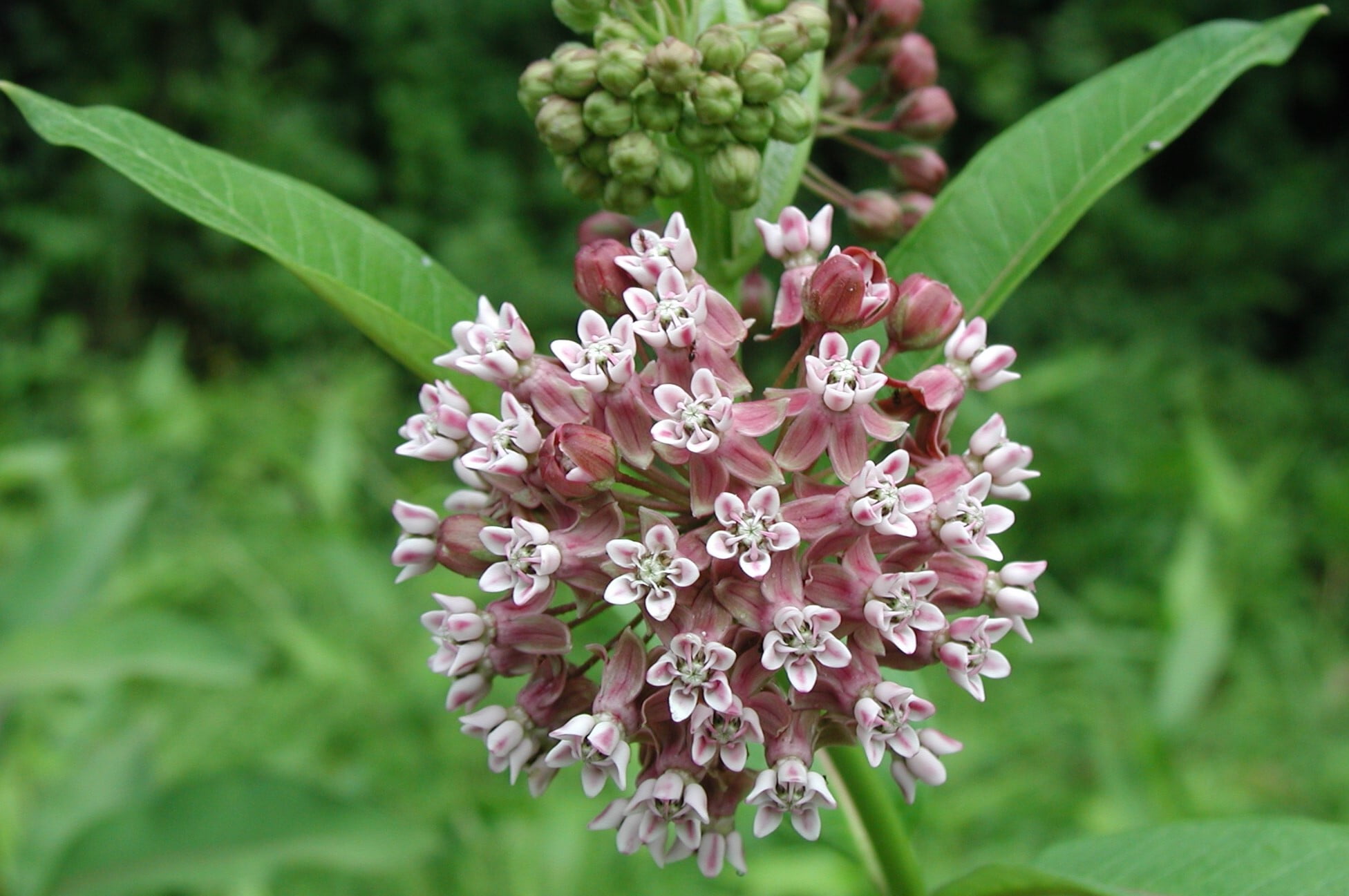
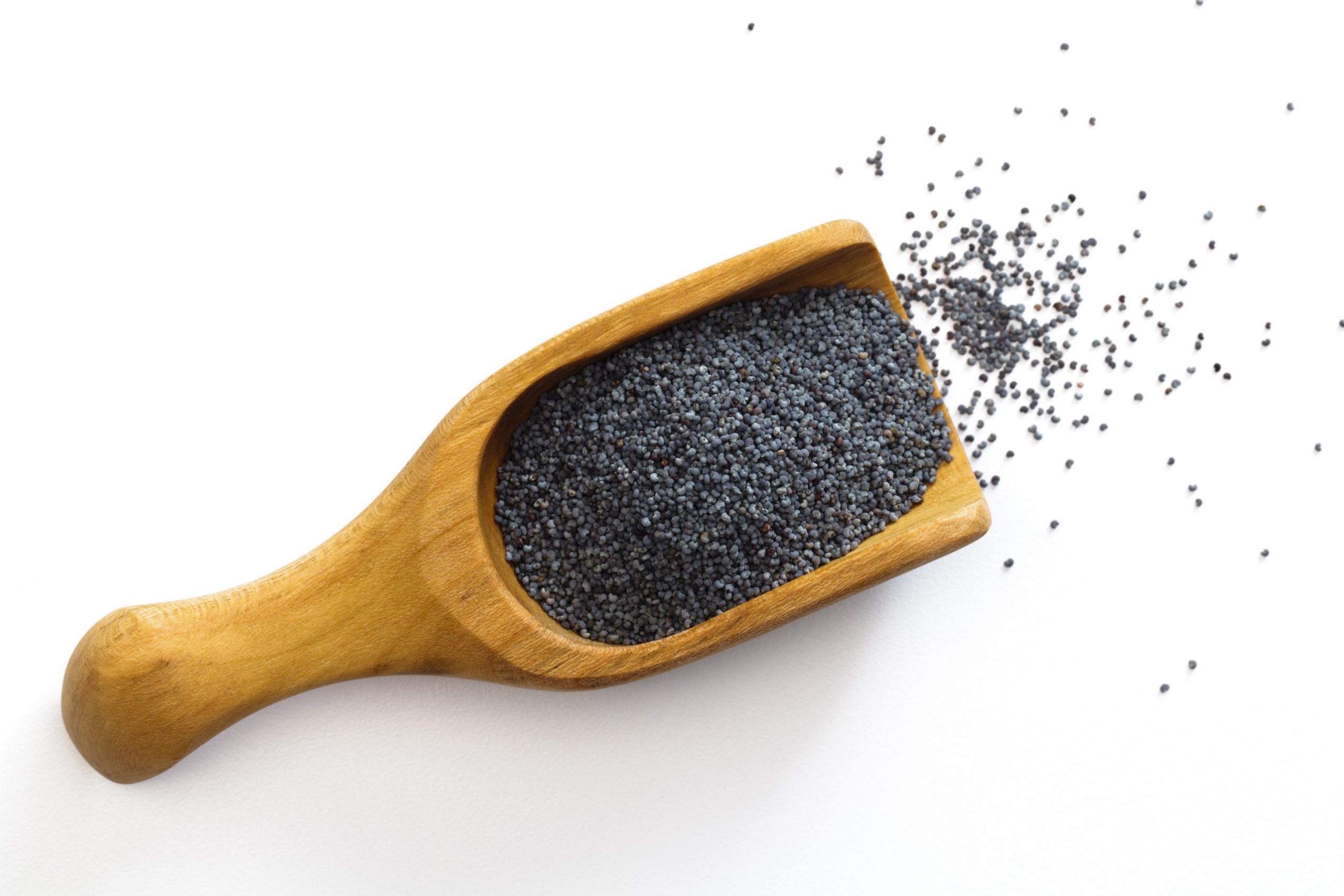
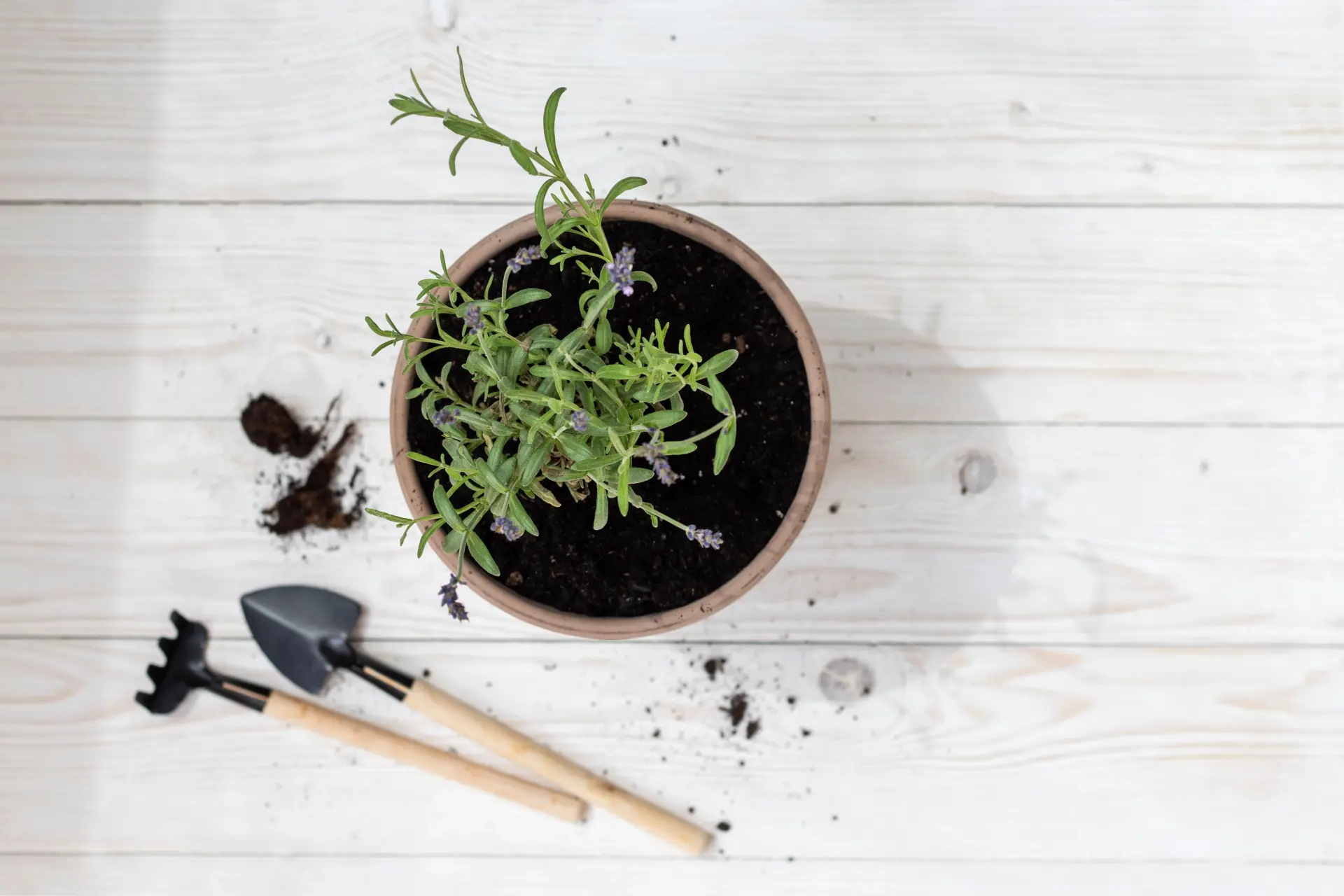
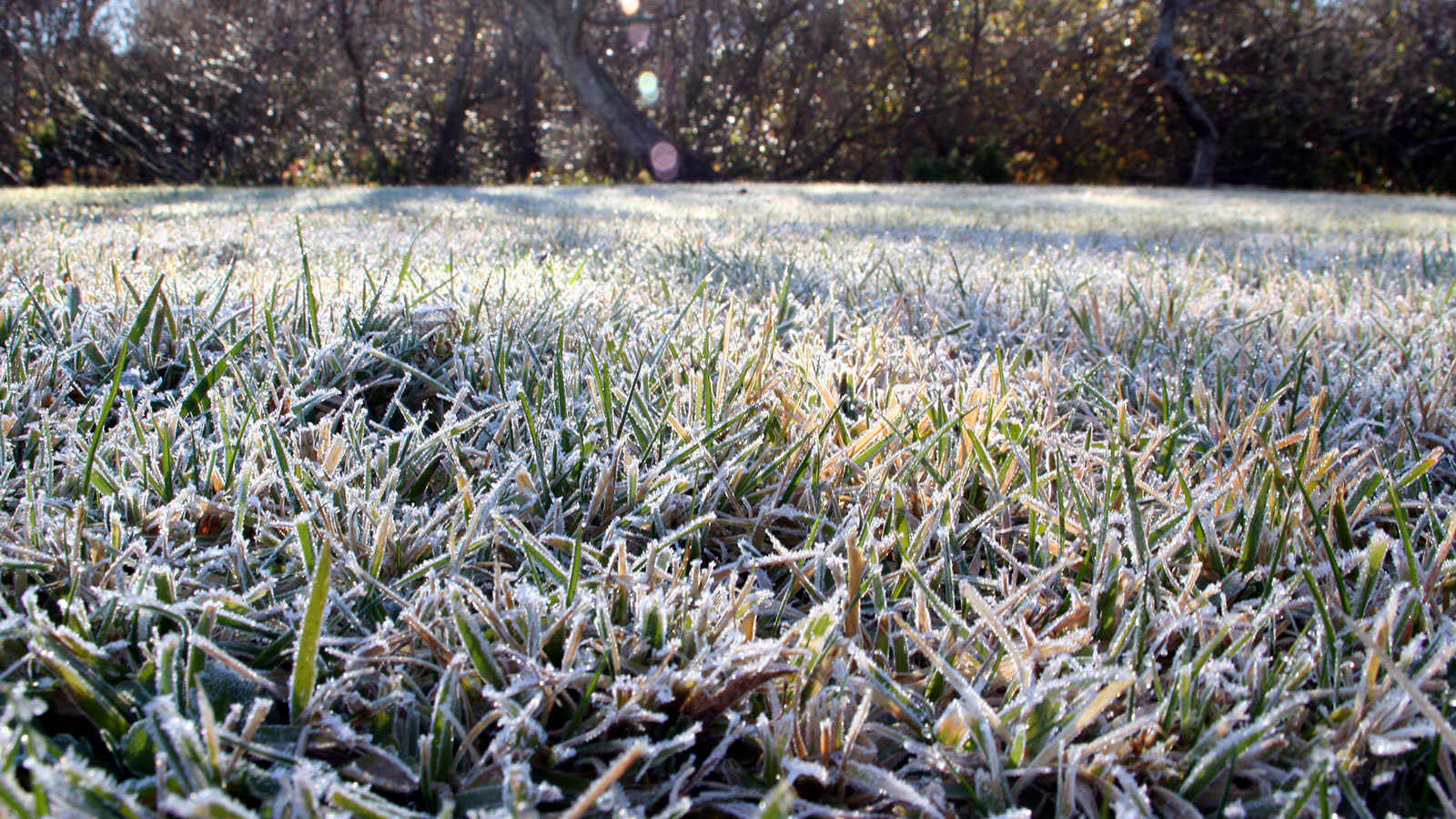
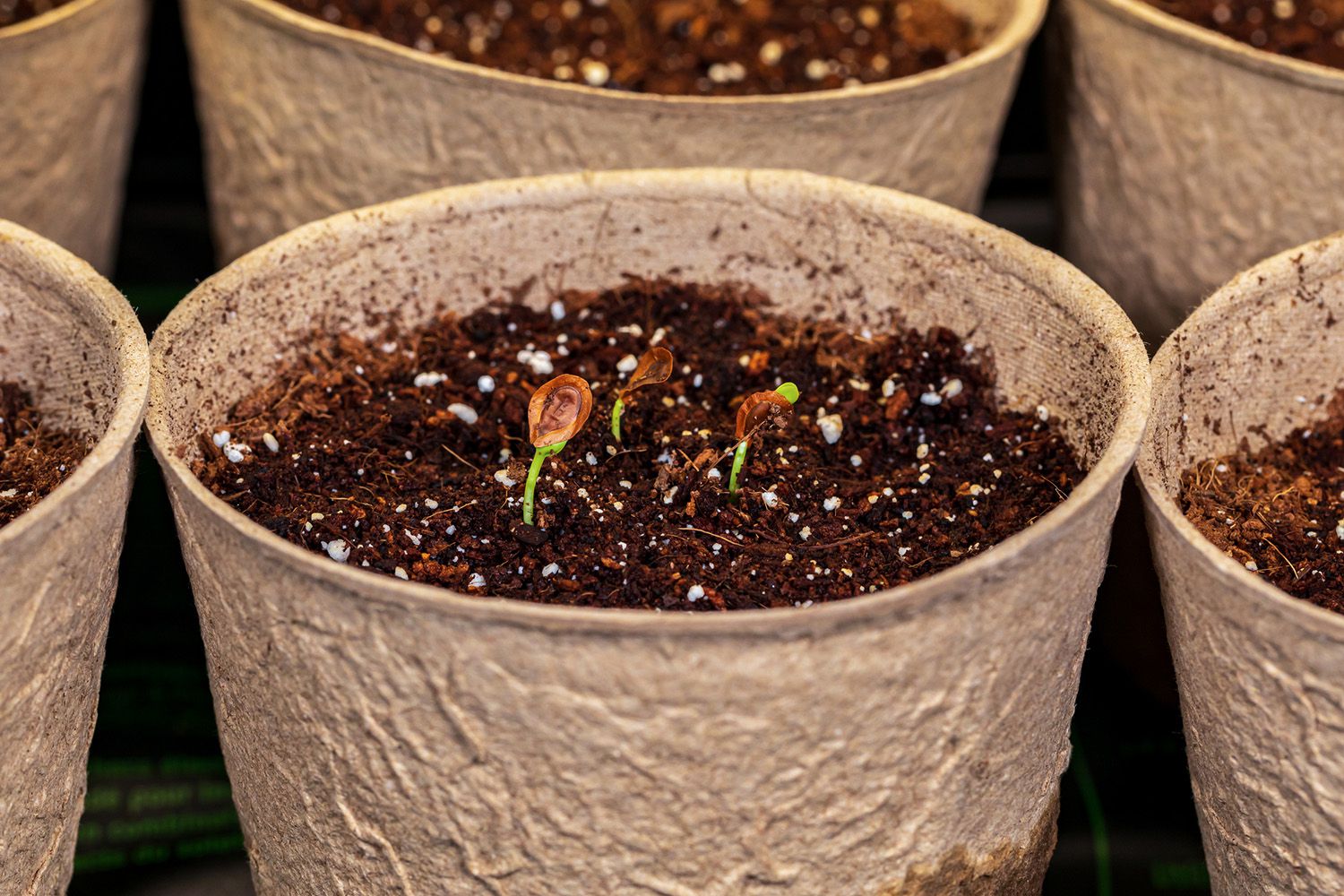
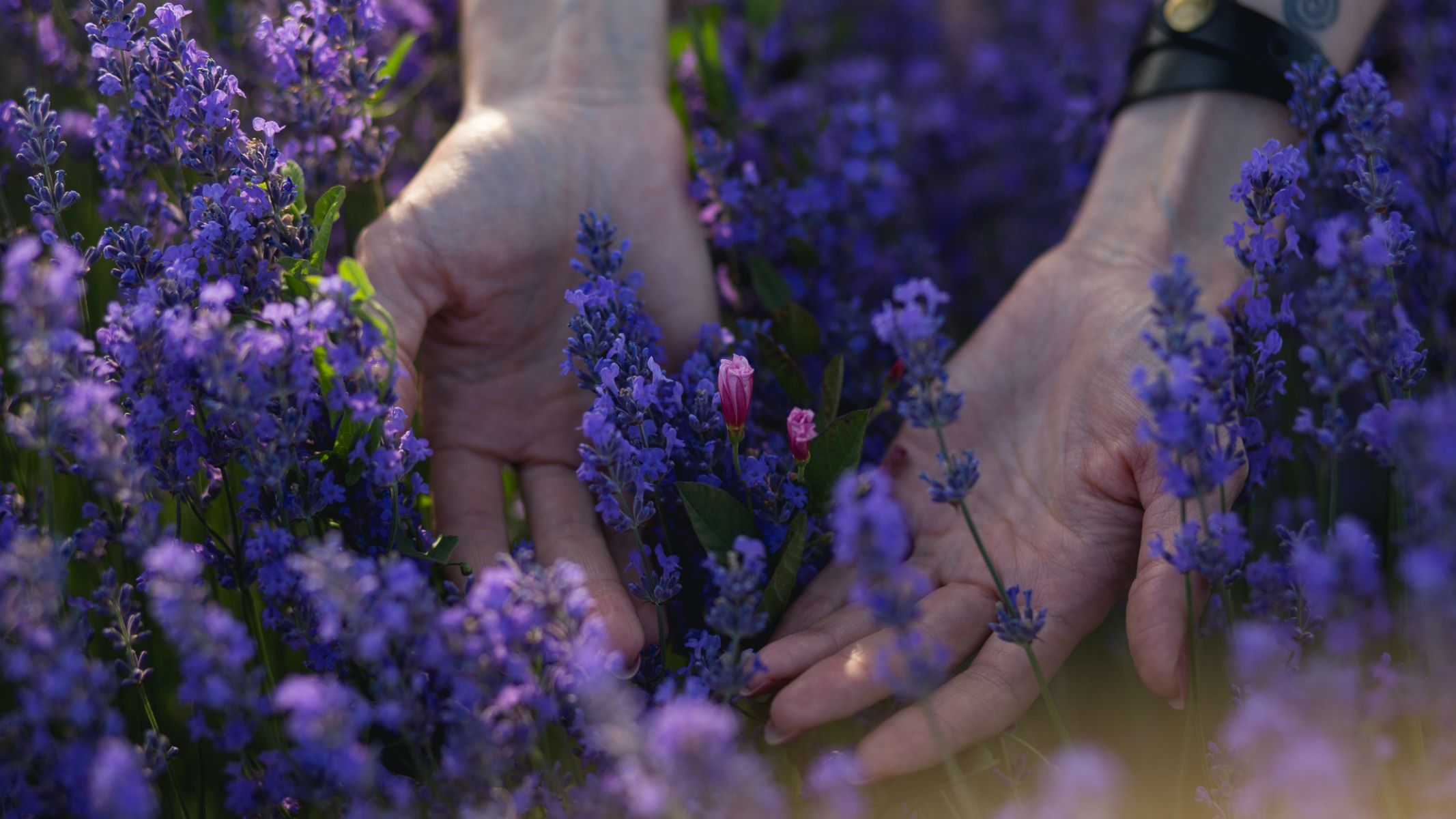
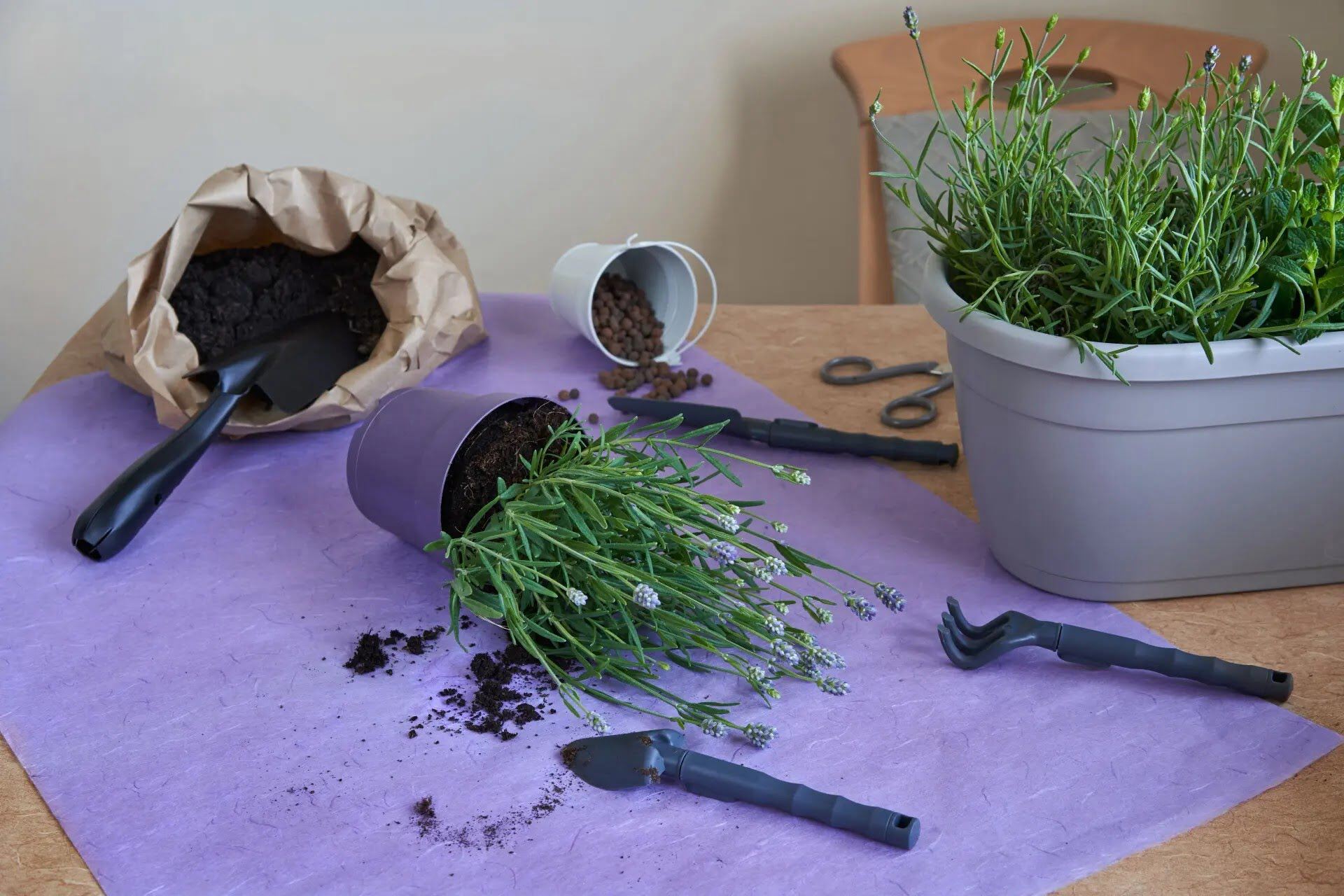
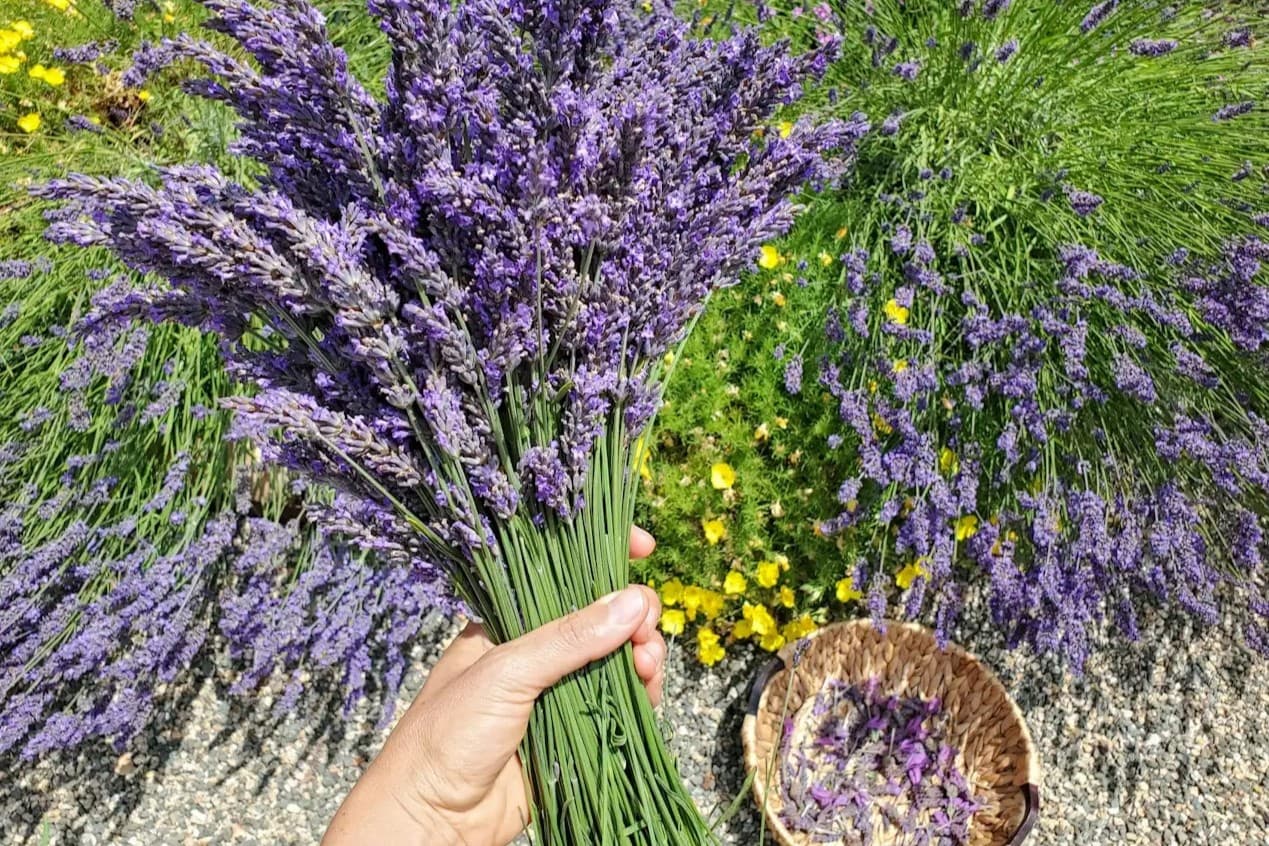
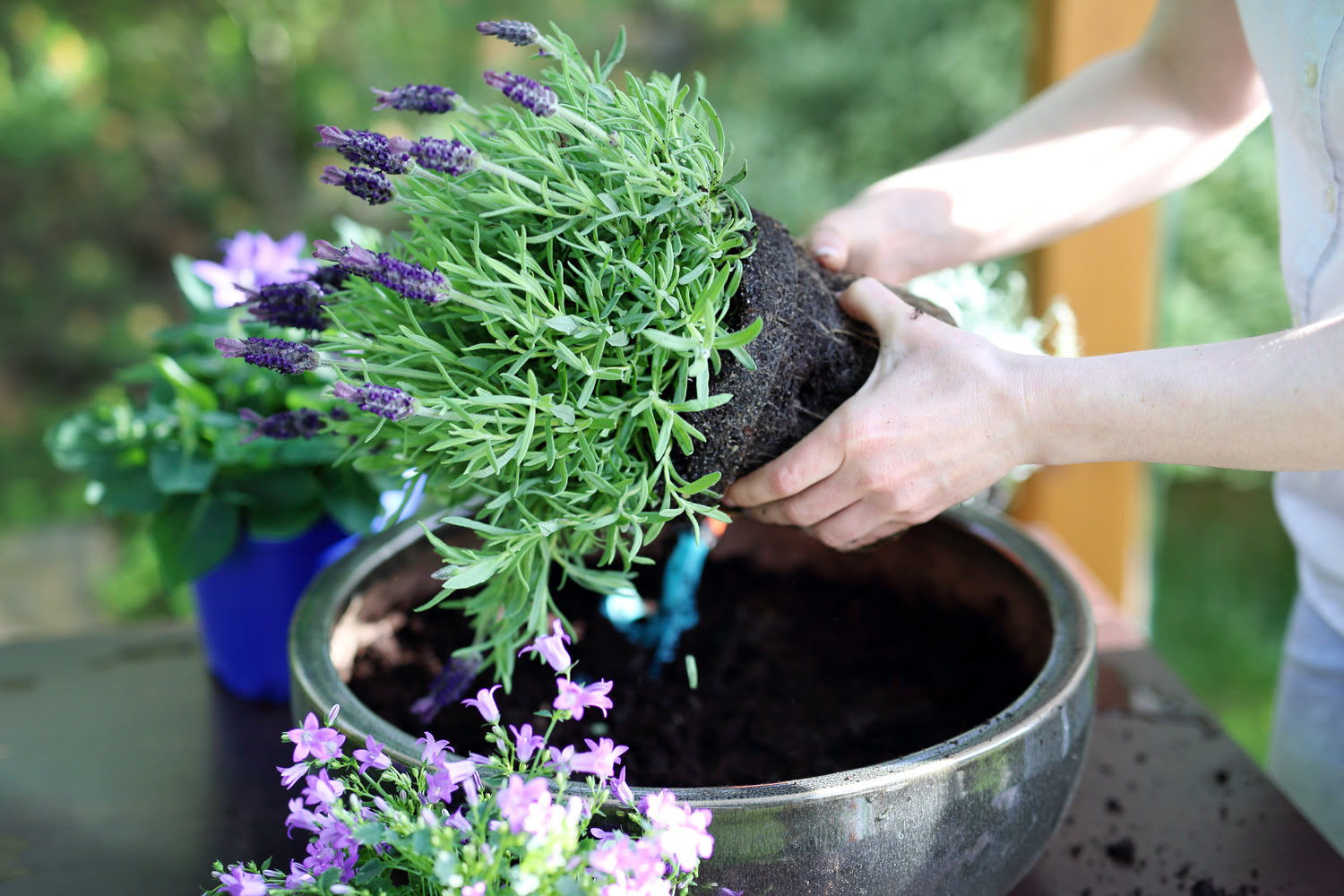
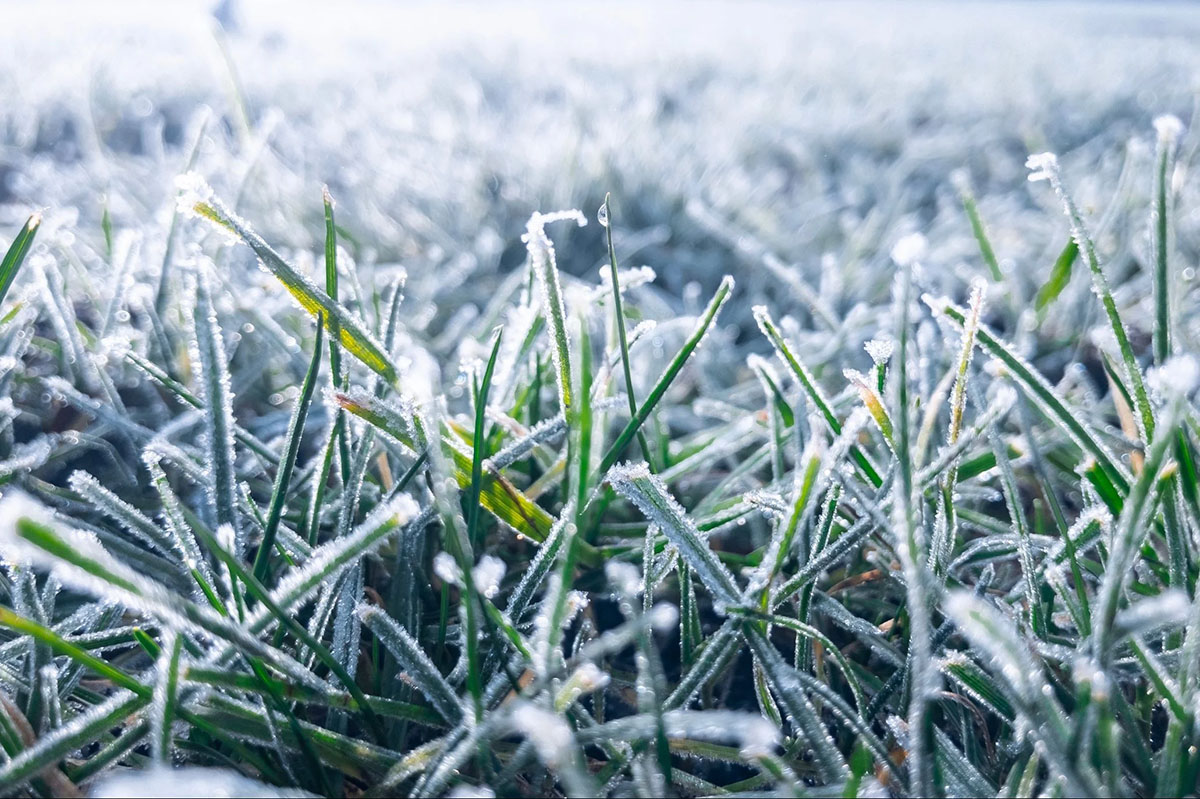
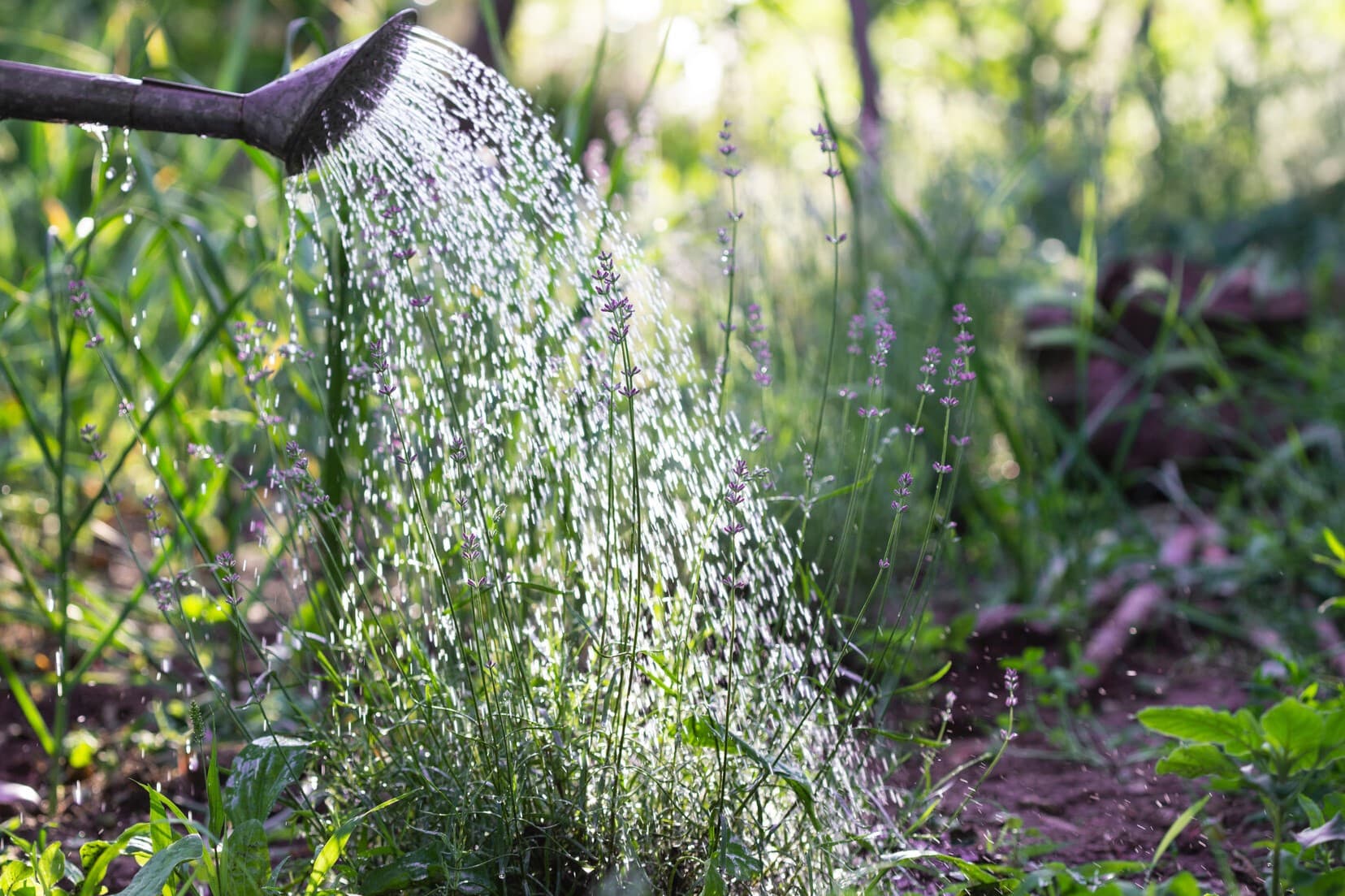
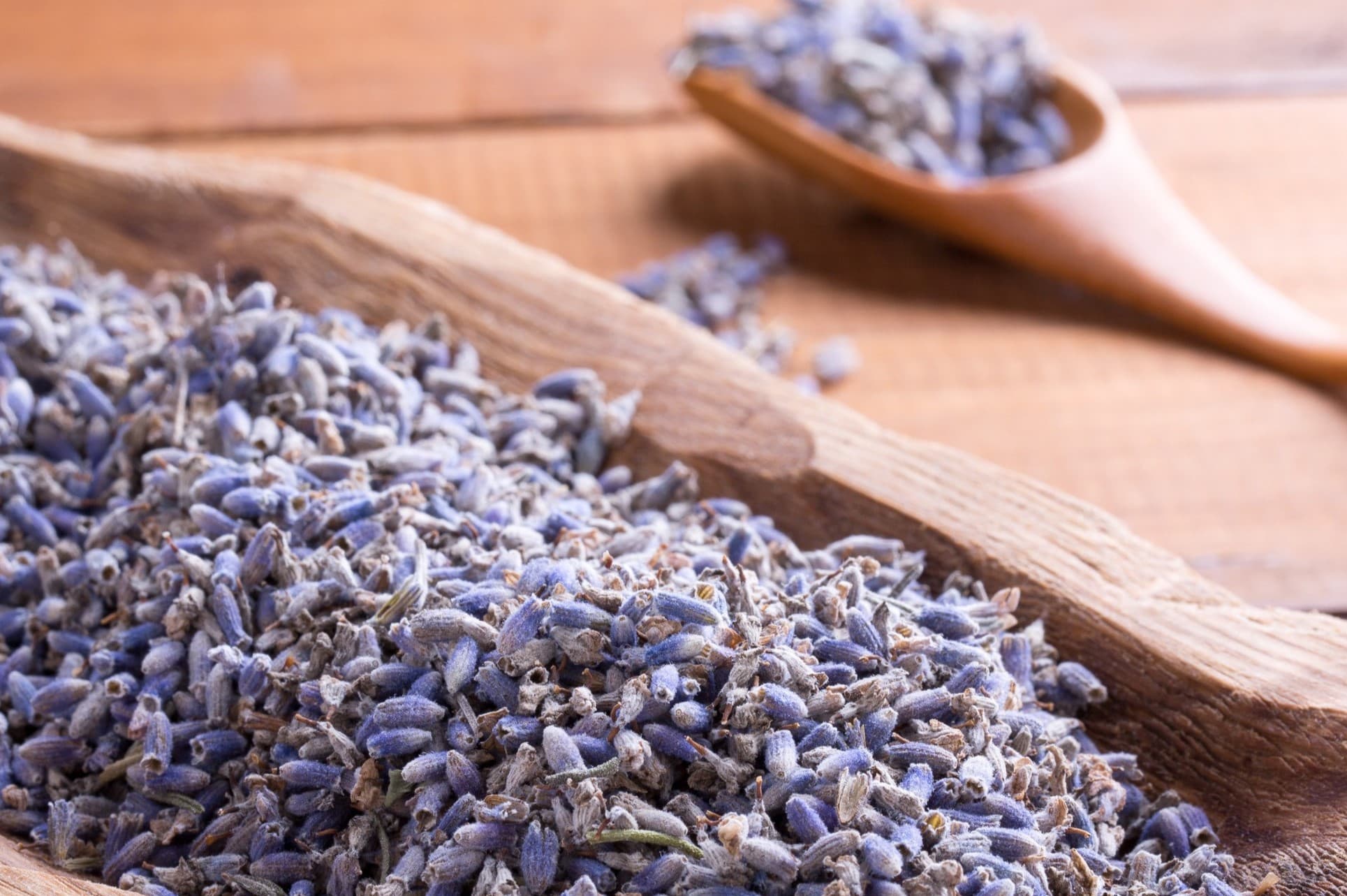
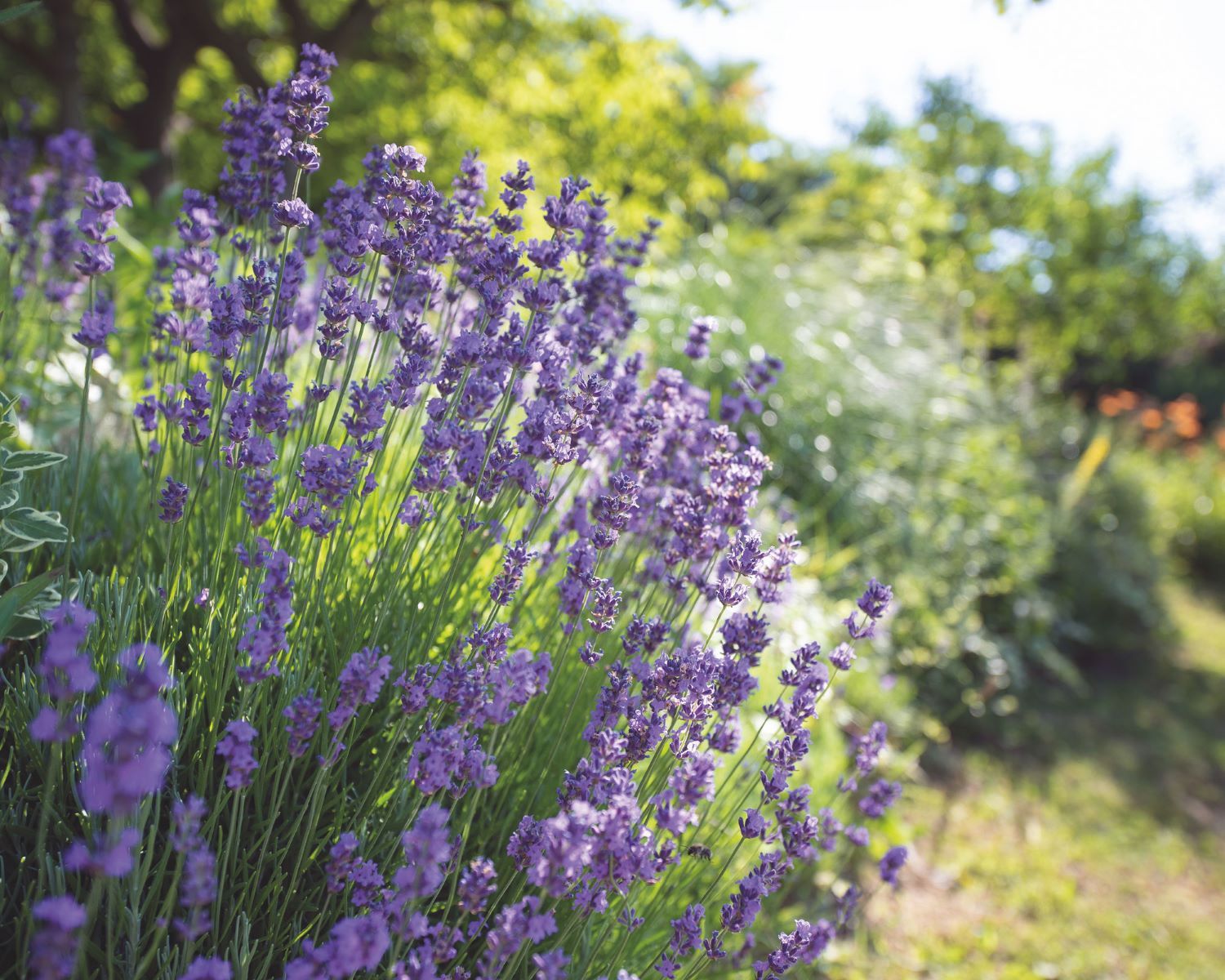

0 thoughts on “How Long To Cold Stratify Lavender Seeds”